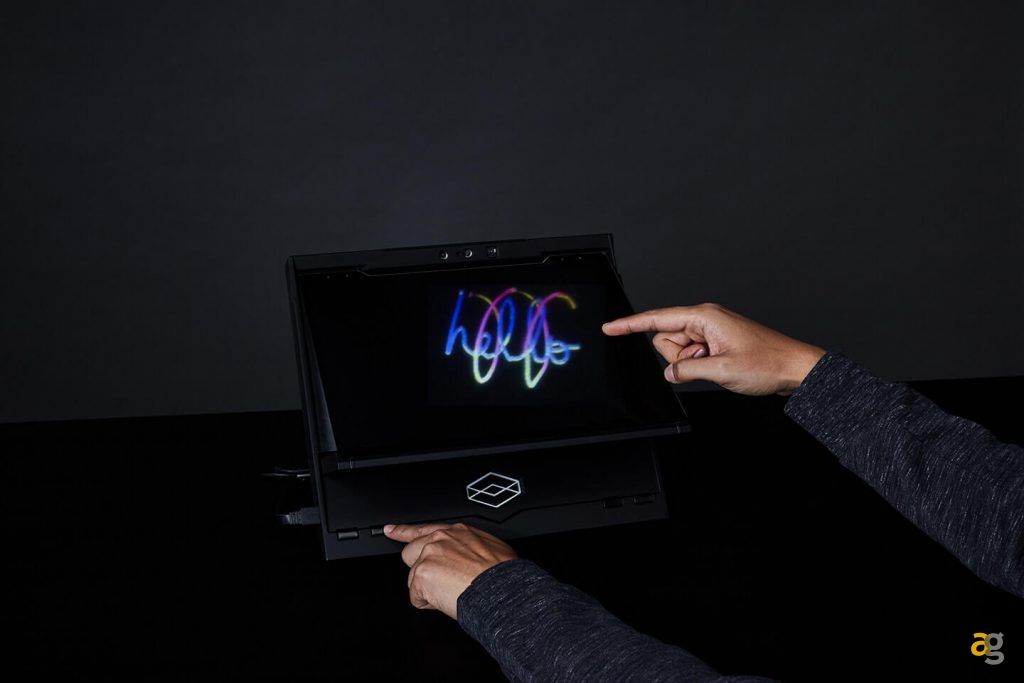This is not the first time we have talked to you about holography, a technique that allows us to obtain three-dimensional images through the use of light. Recently we found an interesting topic to talk about, The Looking Glass, a holographic 3D screen that is an absolute hit on Kickstarter.
As you can see from the video at the end of the article, the holographic screen we talked about was designed so that we can see three-dimensional objects without the use of virtual reality or augmented reality glasses. One of its advantages is its small size (although it will bring a second larger model to market), which allows us to place it next to the computer to see the result of our work in real time.
Like the original prototype of the Looking Glass Factory, the volumetric display volume consists of overlapping translucent plates.
Compatible Devices
Compatible 3D programs are Maya, Blender, Solidworks or Zbrush. Looking Glass also has dozens of holographic compatible applications and has its own application development kit.
How does Looking Glass work?
In order to project the image correctly into the screen, the light is first processed and then projected in such a way that each part of the image is displayed on different reflective surfaces, which at first glance are perceived as three-dimensional objects with volume and depth in a box.
One of the advantages of using a volumetric screen is that several people can view a 3D creation in detail and from any angle simultaneously; similar to virtual reality glasses, but without the inconvenience associated with a one-person device.
A volumetric screen for 3D developers
As you can imagine, this is a product with many practical applications for Unity developers, 3D designers, industrial engineers, product designers, and architects. In addition, the device’s developers will offer an SDK that will allow developers to take full advantage of The Looking Glass’s potential, and in the coming months, they will announce compatibility with various existing devices and products.
At this point, we cannot deny that The Looking Glass is causing a sensation at Kickstarter.
Despite the fact that the campaign is still 25 days away, the device has already received more than half a million dollars from the 50,000 originally applied for. In terms of price, The Looking Glass will cost $450 and will be available in December. We leave the presentation video to you so that you can better understand how it works:
Link: Kickstarter.
